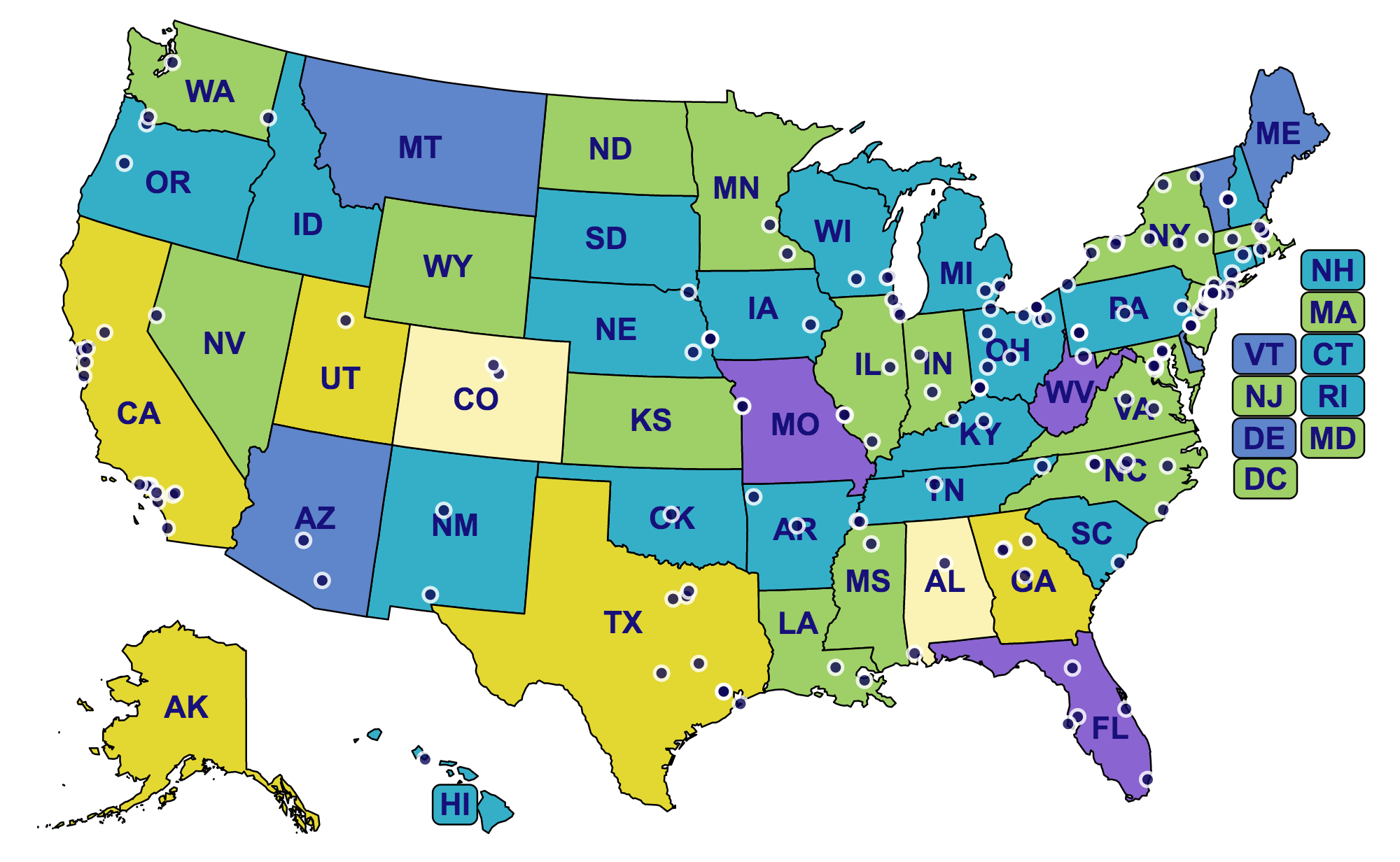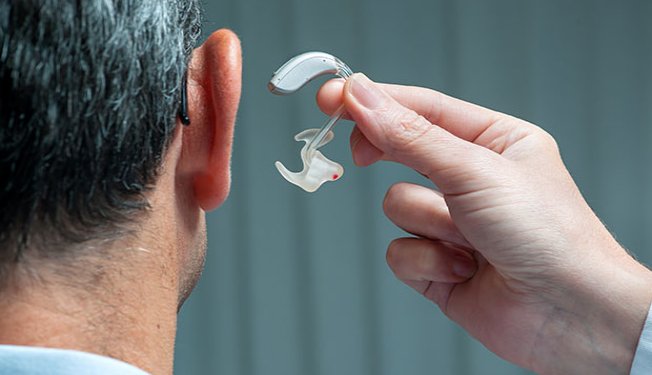Past experiments that investigate these regeneration mechanisms in living chickens required multiple injections of a drug to induce hair cell loss, making it difficult to determine the exact timing of the regeneration response. A collaboration of two Hearing Restoration Project researchers, Stefan Heller, Ph.D. and Jennifer Stone, Ph.D., and two talented postdoctoral fellows from their laboratories was recently published in Journal of the Association for Research in Otolaryngology identifying a potential solution to this problem. They developed an experimental framework that uses a single ototoxic drug application, enabling them to study the precise onset and timing of hair cell regeneration in vivo.
Heller, Stone, and colleagues performed their experiments on a total of 75 chickens. At seven days of age, the chickens were anesthetized and underwent surgery to eliminate hair cells in the inner ear organs. During the surgery, streptomycin (an ototoxic antibiotic) was delivered to the chicken’s inner ear. At various time points after the surgery, two sensory organs—the utricle, a vestibular organ; and the basilar papilla, the hearing organ—were dissected, labeled for various cellular markers, and analyzed under a microscope. Hair cells and their surrounding supporting cells were counted and observed for damage. EdU, a marker of cell division, was administered to the chickens to determine whether or not new hair cells were generated by cell division. These techniques enabled the researchers to quantitatively characterize the regenerative response of the utricle after damage.
The results of the study demonstrate that surgical application of a single streptomycin dose is a feasible approach to elicit hair cell loss and regeneration in the chicken utricle and basilar papilla. Just hours after streptomycin delivery, hair cell numbers significantly declined and DNA replication was activated. The team was then able to record specific events of the regeneration process, which get initiated around 12 hours after streptomycin-induced hair cell loss, and continue over the course of several days.
Supporting cells produce new hair cells either by converting into a hair cell (direct transdifferentiation), or by dividing, usually asymmetrically, into a supporting cell and a hair cell. Throughout this regenerative response, supporting cell numbers and density in the utricle remain relatively constant, suggesting that there is a mechanism that responds to specific levels of damage and coordinates the individual events of the regeneration process.
The study establishes a framework for the refined study of the two modes of hair cell regeneration in the chicken utricle. The next steps of the work will focus on understanding the exact timing and mechanism of coordination of the regeneration response. With only a single application of streptomycin necessary to induce near-complete hair cell loss in hearing and balance organs, the new animal model allows for study of the entire process including initiation, realization, and termination. The fundamental understanding of the avian regenerative mechanisms may lead to future development of therapies for loss of hearing and balance in humans.



















